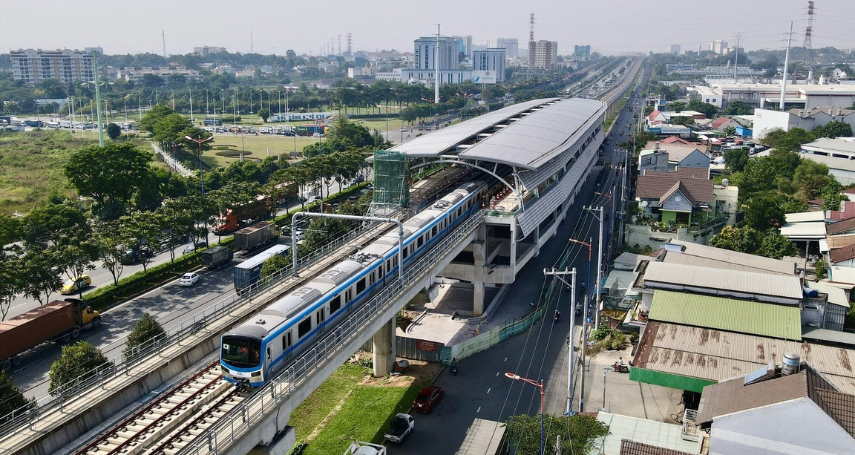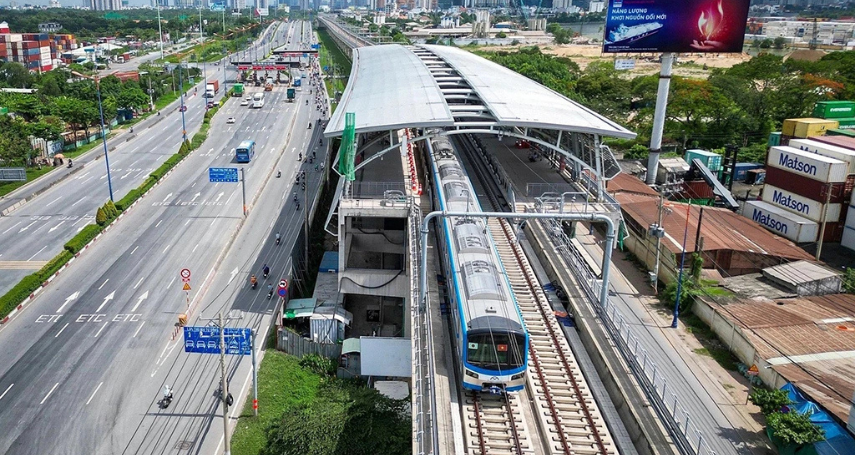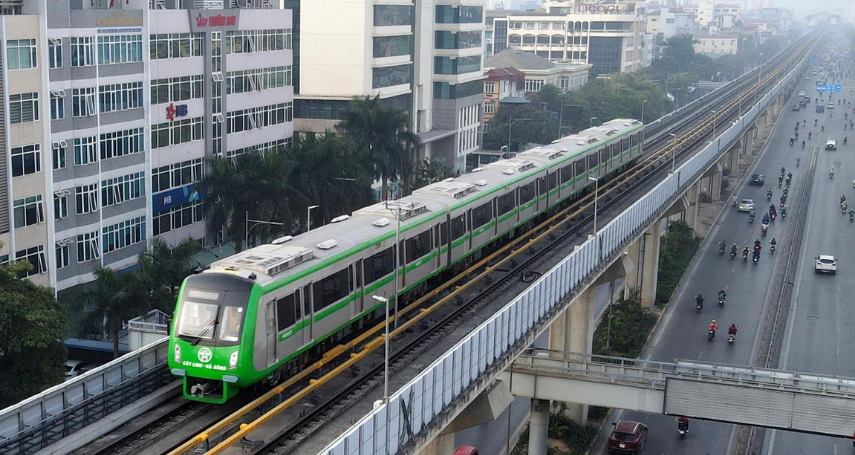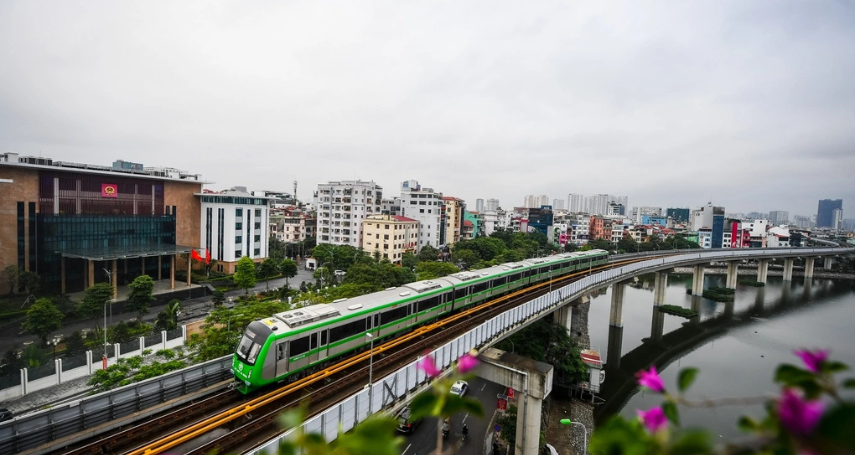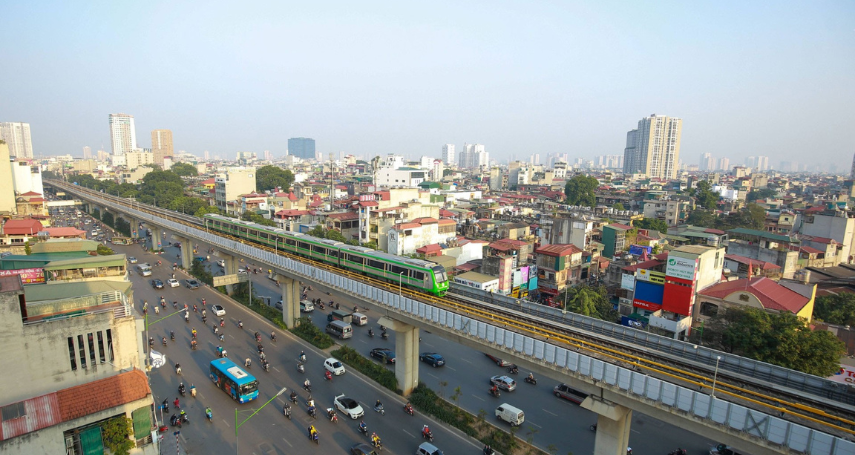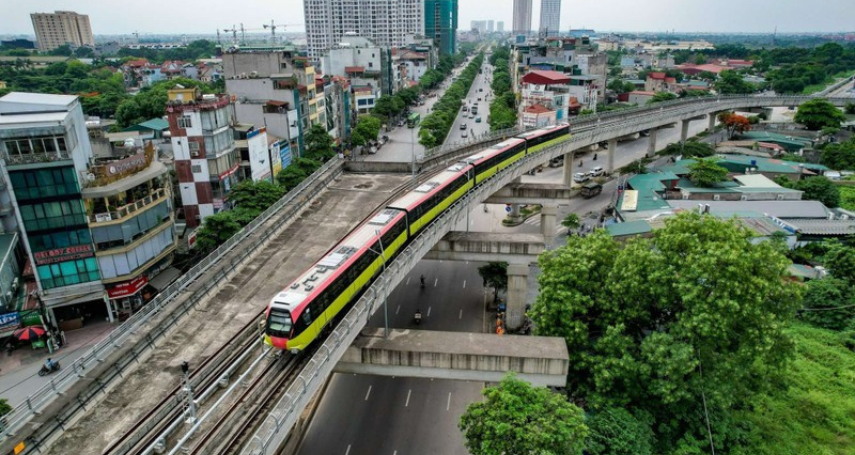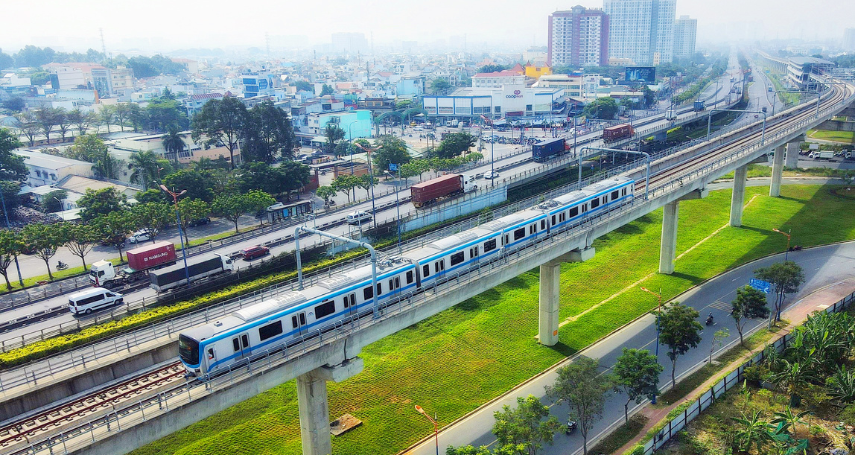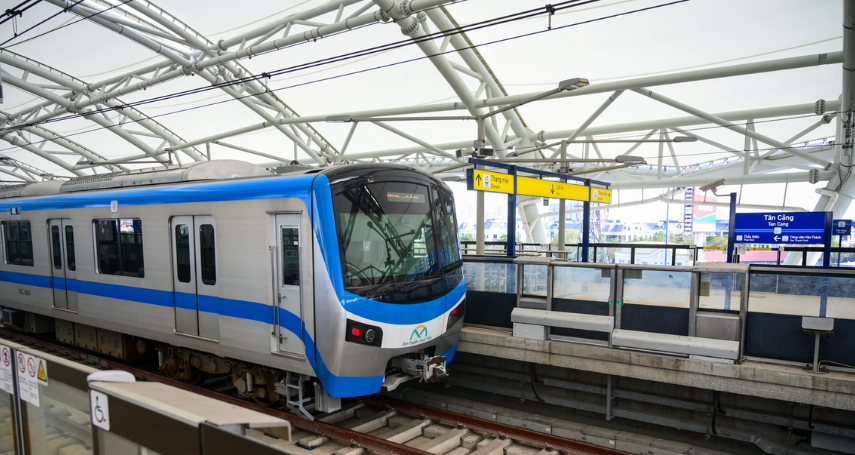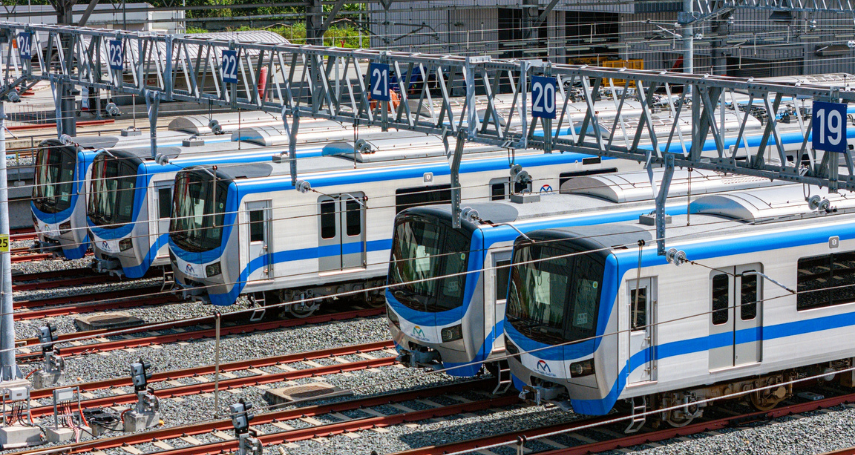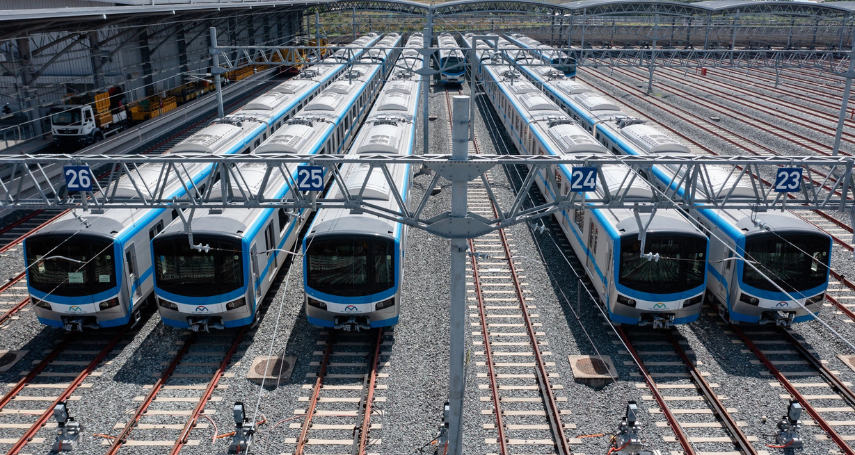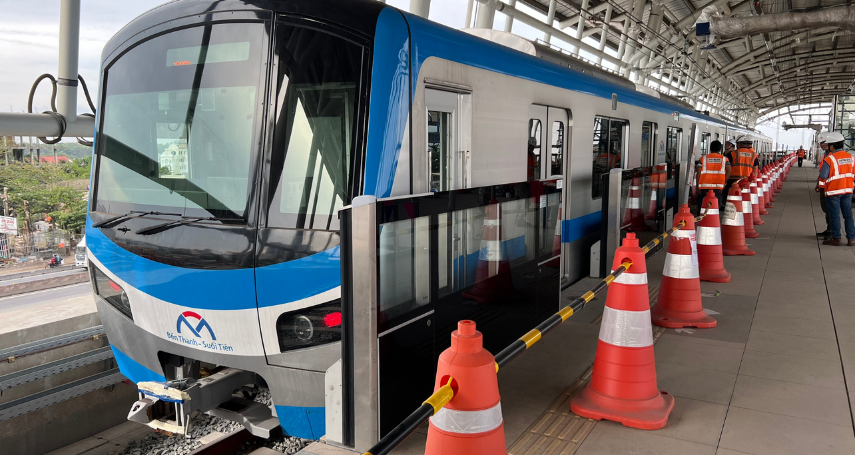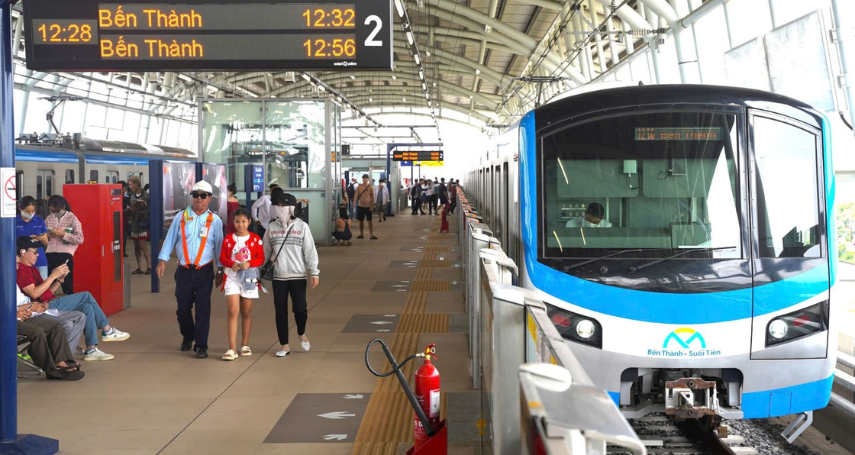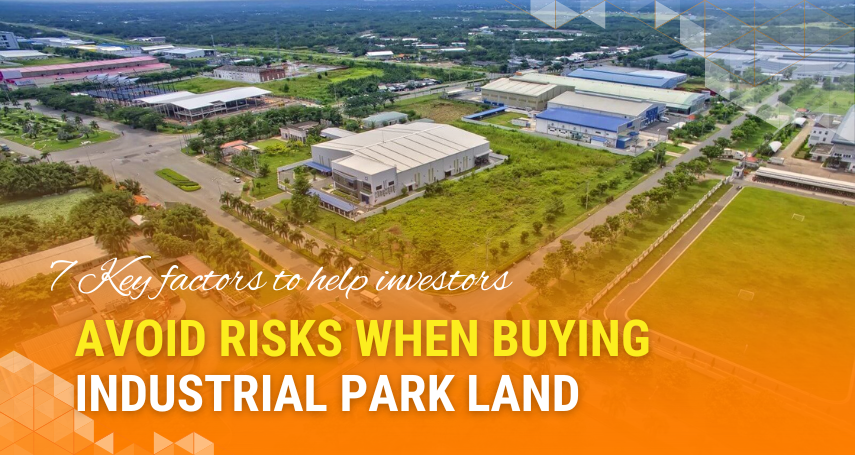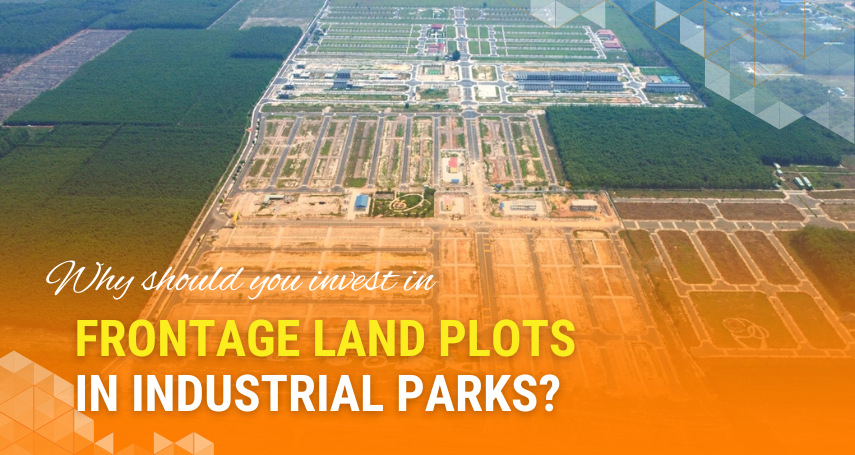High-Speed Rail (HSR) has been recognized worldwide as a key driver of economic growth, regional connectivity, and national competitiveness. Among global leaders, Japan and China stand out with their pioneering models, offering valuable lessons for Vietnam as it plans the ambitious North–South high-speed railway project.
Japan – Shinkansen: The symbol of safety and precision
Development history
-
- Launched in 1964, the Tokaido Shinkansen (515 km) linked Tokyo and Osaka.
- Today, Japan’s Shinkansen spans ~3,000 km, with trains operating at 320 km/h.
- Launched in 1964, the Tokaido Shinkansen (515 km) linked Tokyo and Osaka.
Key lessons from Japan
-
- Absolute Safety: In over 50 years, Shinkansen has recorded zero passenger fatalities.
- Punctuality Benchmark: Average delay is measured in seconds, setting global standards.
- Urban Integration: Shinkansen transformed Japan’s major cities into a “mega urban region”, boosting regional economies.
- Absolute Safety: In over 50 years, Shinkansen has recorded zero passenger fatalities.
China – The world’s largest HSR network
Impressive scale
-
- By 2024, China has built over 45,000 km of HSR, more than two-thirds of the global total.
- Operating speeds: 300–350 km/h, with experimental lines reaching 400 km/h.
- The network connects nearly all provincial capitals, creating a nationwide economic corridor.
- By 2024, China has built over 45,000 km of HSR, more than two-thirds of the global total.
Key lessons from China
-
- Massive Investment: Leveraging government funds, PPP, and infrastructure bonds.
- Standardization & Localization: Developing CRH/Fuxing trains, reducing reliance on foreign suppliers.
- Economic & Social Impact: Stimulating tourism, real estate, and regional development.
- Massive Investment: Leveraging government funds, PPP, and infrastructure bonds.
Comparative insights
| Criteria | Japan (Shinkansen) | China (HSR) |
| Inauguration | 1964 | 2007 |
| Network length | ~3,000 km | >45,000 km |
| Operating speed | 320 km/h | 350 km/h |
| Priority | Safety, punctuality | Scale, speed |
Lessons for Vietnam
-
- Prioritize safety and reliability like Japan: passenger safety must come first.
- Adopt China’s large-scale, integrated approach: requires a long-term national vision.
- Develop TOD & logistics hubs around stations: maximize economic benefits.
- Diversify funding sources: combine FDI, PPP, and ODA to reduce public debt burden.
- Prioritize safety and reliability like Japan: passenger safety must come first.
High-Speed Rail represents Vietnam’s pathway to regional integration and economic breakthrough. The experiences of Japan and China highlight the need for long-term vision, synchronized investment, and strong public–private partnerships. By applying these lessons, Vietnam’s North–South HSR could become a landmark project of the 21st century.

